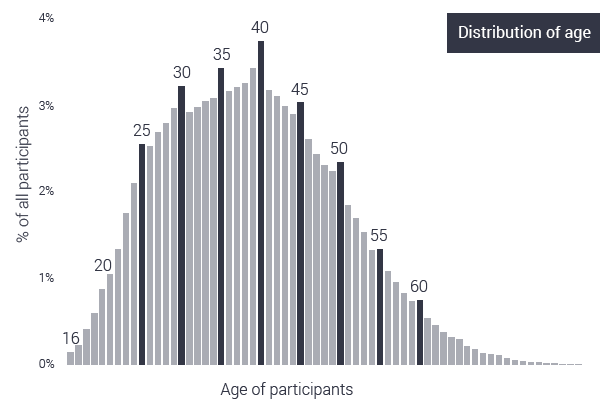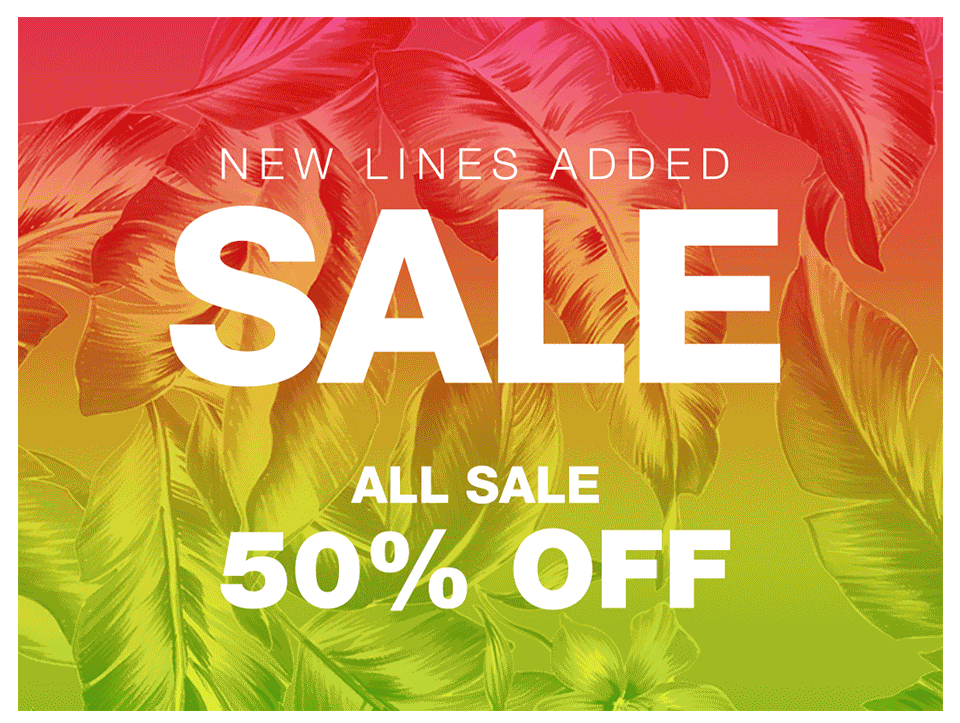Quick Definition: The Fresh Start Effect describes people’s tendency to take action toward a goal after events that mark new beginnings. Examples of these temporal events would be a new week, month, or year.
Do you ever wonder what makes New Years’ resolutions so appealing?
Most people see it as an opportunity to set ambitious plans, only to watch a few months slip by without realizing their goals. But did you know that there’s a psychological reason why people create goals that tie to a calendar event or holiday?
It’s down to a behavioral science principle known as the Fresh Start Effect. And you can use it to motivate customers through marketing and experience design.
What is the Fresh Start Effect?
The Fresh Start Effect describes people’s tendency to take action toward a goal after events that mark new beginnings. Examples of these temporal events would be a new week, month, or year. Even national holidays, anniversaries, and birthdays make it easier for people to create goals.
Why? Because people think of their present selves and their future selves as two different people. Called temporal discounting, brain imaging studies have found that thinking about your current self and your future self fire up different regions in your brain.
In fact, thinking about your future self activates that same parts of the brain as when we think about other people.
But when the calendar rolls over to a significant event, it forces us to consider how our present actions are affecting our future selves. It gives us a clean slate and psychological permission to attempt a goal again.
That's why people are 12% more likely to run a marathon on a "milestone" birthday like 30, 40, or 50. When people see a big "landmark" coming up on the calendar (their 40th birthday for example), they get motivated to try something new.

Source: RunRepeat.com
Real-World Examples of the Fresh Start Effect
Below I’ve included four examples of brands using the Fresh Start Effect to their advantage. Notice how each brand ties its product to a temporal event, a customer benefit, and creates a value exchange through coupons or promotions.
Gillette Razors: 18th Birthday
When American boys turn 18, they get a free razor in the mail from Gillette. It happens automatically, no one needs to sign up for marketing or submit their details. But because 18 is such a critical age and one at which many people go off to college (research tells us that people are more likely to switch brands during big life transitions like this), Gillette spends millions making sure that their razor gets into 18 year olds' hands.

Source: u/ShatteredPixelz on Reddit
Superdry: Payday
In this email, Superdry ties promotional messaging to payday messaging and sends it out on a Friday. And although Friday wasn’t payday for me, it was for most of Superdry’s customers. They tend to be younger adults who are more likely to get a weekly or bi-monthly paycheck on a Friday).

Bodybuilding.com: New Years’
It’s become a little bit of cliche in marketing: “New Year, New You”. But Bodybuilding.com has good reason to apply this line to New Years’- they sell supplements, and many resolutions have a fitness component. Bodybuilding.com’s messaging, timing, and offer are the perfect Fresh Start trifecta.

Kobo: Customer Anniversary
This example from Kobo is an interesting one, as they’re creating a unique fresh start for each customer. Although this might not be an anniversary that customers are even aware of, bringing it to their attention is an excellent way to apply the Fresh Start Effect.

Banana Republic: Fourth of July
Banana Republic recently sent this email with the subject line, “Get Fourth of July Ready!” This email combines an upcoming holiday with the social pressure of Independence Day parties and matched with two relevant promotions.
The email plants a subconscious narrative in customers’ minds. They think, “Yes, I can’t wait for the holiday. And Banana Republic is right — it’s a good excuse for a new outfit. Especially if there’s a sale.”

How to Apply the Fresh Start Effect
There are three things to keep in mind when applying the Fresh Start Effect to your marketing and customer experience:
- Make sure to create a value exchange: The Fresh Start Effect works best when you create a value exchange for customers. Give them promotions, coupons, or gifts to mark the occasion. Otherwise, there’s no incentive for them to take action.
- Go beyond the holidays: The Fresh Start Effect isn’t just about New Years’ resolutions — you can take advantage of this principle on Mondays, the first day of a new month, even calling customers’ attention to occasions they didn’t know existed, like the Kobo example above.
- Determine if you’ll need to follow up to keep your users motivated: You’ll need to understand how long a “fresh start” lasts with your customers and products. If, for instance, you’re Bodybuilding.com, you’ll probably need to check-in with customers to remind them to sustain their New Years’ resolutions beyond January. On the other hand, if you’re trying to drive a one-off action like donating to charity, one communication might be enough.
🚀 Learn what makes buyers tick
Join 8k+ of world's best marketers from brands like Disney, Coca-Cola, Google who are learning marketing psychology in <5 mins a week.
The Bottom Line
The Fresh Start Effect speaks to something more profound than merely sales or marketing experiences. When people are setting goals, they’re searching for something. And depending on what they want to achieve, your product can help them get there.
When considering how to apply the Fresh Start Effect, it helps to have a clear understanding of your customer journey. Knowing where and when in the journey to test this effect will make a big difference in its effectiveness.
To apply the Fresh Start Effect to your marketing or customer experience, ask yourself:
- How does our product or brand fit into a “fresh start” feeling, and how can we tie that feeling to a day? For example, if you work for Nike, you might focus on the feeling of a shiny new pair of sneakers and send out a message on the first day of a new university term.
- How can you elevate the acknowledgment of a day on the calendar combined with the “fresh start” feeling, with a value exchange (such as a coupon or a gift)?
